Houzz Survey Results: Remodeling Likely to Trump Selling in 2014
http://decor-ideas.org 05/22/2014 22:27 Decor Ideas
Cautiously confident. That’s the general feeling of the nearly 200,000 registered Houzz users who participated in a recent survey about residential remodeling, building and decorating activity.
Fifty-three percent of U.S. homeowners say they will remodel in the next one to two years, to increase the value of their home, even though they have no plans of moving in the next five years. “They’re confident enough to remodel but not enough to sell,” says real estate broker Leah Applewhite.
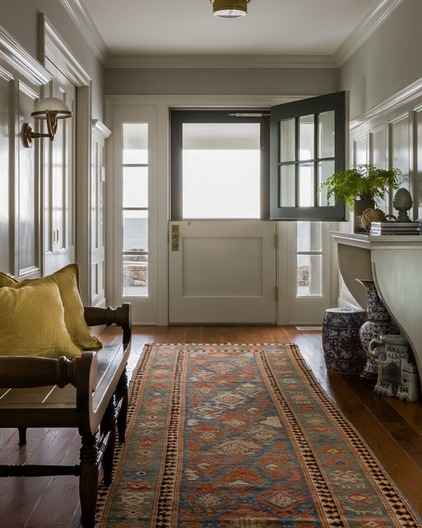
Why Remodel?
Skyrocketing home prices are likely causing already cautious homeowners to hold off on selling and moving, because while they can get a good price for their home, what they can buy isn’t necessarily bigger or better. So they’re deciding to plunk extra savings into their homes to make them more functional.
This is true for homeowner Cheryl Di Cristofolo of Springhill, Florida. She’s currently remodeling her kitchen, because recently she began looking at the market to see if she could sell her custom-built home, downsize to a smaller home and make a profit. But the market wasn’t what she expected.
“Prices are rising so much that for me to buy a stock house would cost me as much as I paid for my custom home eight years ago, and it’d be for less square footage and less quality,” she says. “I went to look at downsizing by 1,000 square feet, because I thought it’d be for less money than what I paid for my home. I was shocked to find out it’s not.” And because she has two children starting high school soon, she doesn’t plan to move for at least six years. “I know I’m here for at least that long,” she says. “That’s how I can rationalize making these changes. I can stay and be thankful for what I have.”
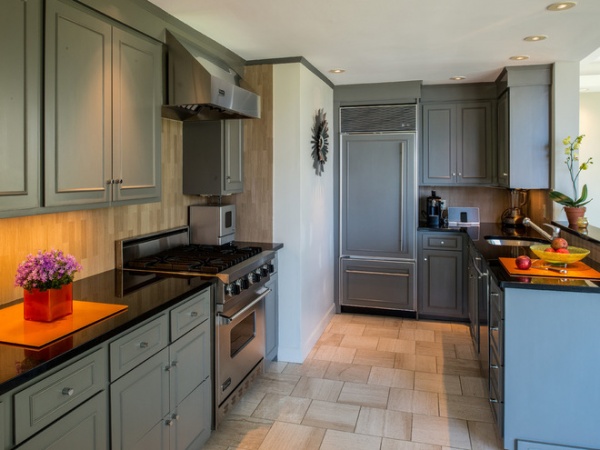
Applewhite says many homeowners who refinanced to get a superlow interest rate are enjoying their low monthly payments, and don’t want to give that up for a same-size or even smaller house.
“If you’re trying to move within the same real estate market, then moving up is difficult,” she says. “Unless you have a sudden better economic situation — new job, no longer paying for kids’ college — it’s hard to get more for your money. So people aren’t feeling confident enough in their situations. It hasn’t improved enough to buy the bigger home or be closer to school or work.”
“Most people have just a sliver of equity in their homes right now,” she adds. “If you’re looking at moving, the cost to move is sometimes more than the equity you have in the house. If you have $30,000 in equity and the cost of moving is $30,000, people are saying, ‘Let’s put that money toward a remodel and stay put.’”
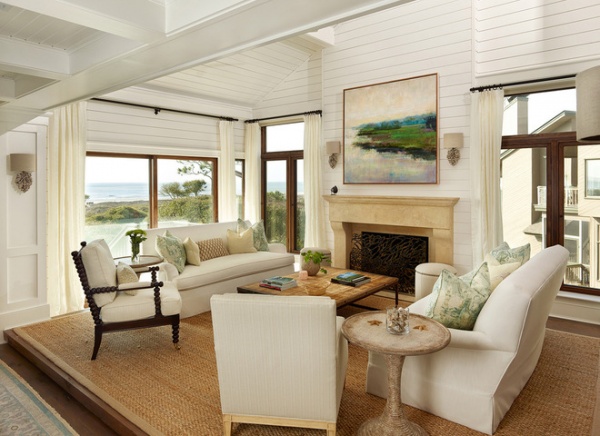
Adding to the reasoning, Applewhite says, is the fact that the economy is doing better in cities where it’s more expensive to live, but wages haven’t exactly caught up. This can keep people in place and convince them to make what they have better.
“If you live in Ohio and want to move to Seattle, where you got a job at Amazon, but your house in Ohio is worth $150,000 and a home in Seattle is $650,000, people would like to, but they just can’t afford it,” she says. “So people are feeling confident enough to remodel but not enough to make a move.”
That’s why, with the exception of millennials (people younger than 35), the majority of U.S. homeowners (66 percent) who are remodeling plan to stay in their home for the long term.
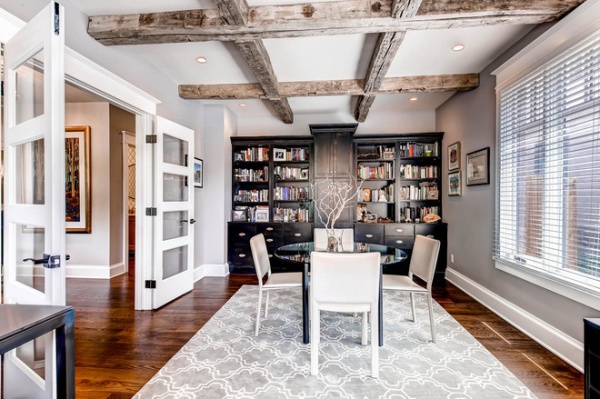
Millennial Might
According to the survey, 36 percent of millennials say they’re remodeling to increase the value of their home with an eye on moving in the next five years. Only 25 percent in all other age groups are similarly motivated.
“Millennials are just in a different life phase than older groups,” Applewhite says. “They’re thinking that it’s likely that they’ll move for babies, get married, have a job shift. There’s more upheaval in that age group. So they want to put money into the home to make it more sellable.”
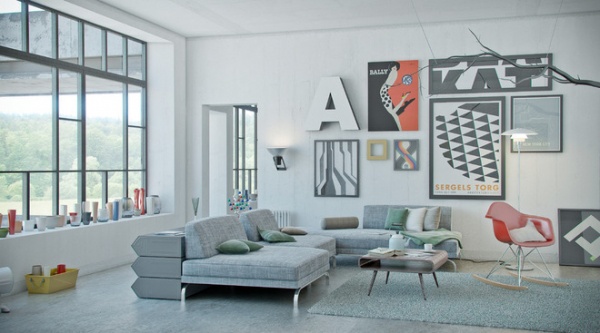
Biggest Remodeling Challenges
Overall the vast majority of homeowners (78 percent) are remodeling to improve the look and feel of their space. Secondary factors include making the space more functional (54 percent), increasing home value (52 percent) and upgrading features and appliances (47 percent).
Of course, remodeling has its own challenges. Last year 27 percent of respondents in the annual Houzz survey said funding a building or remodeling project or staying on budget was a main challenge. This year that number fell to just 19 percent.
Education and better financial planning could be factors in the shift. Linda Rogers is a financial planner with Planning Within Reach. She sees many families looking for financial advice on retirement, paying for their kids’ colleges and, yes, even home remodeling projects. “I coach them on getting a ballpark on remodeling costs and encourage them to get multiple quotes and to understand that contractors quote prices differently, so you’ve got to know what you’re getting,” she says. Lately, she says, people are feeling more comfortable with planning for home remodels.
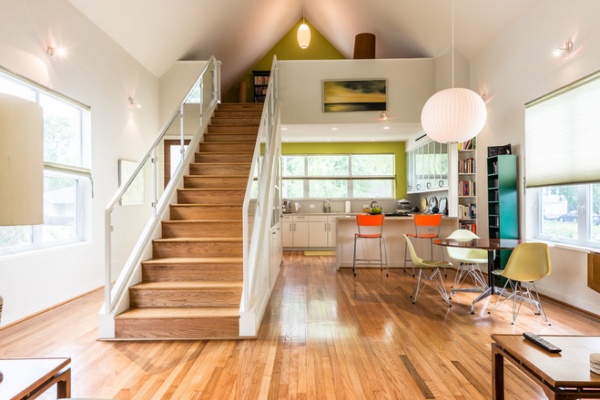
How they are paying for remodels is interesting, too. The survey found that 8 in 10 homeowners are paying for their projects in cash. The extra money lying around likely comes from homeowners’ being tighter with their expenses during the slow economic recovery, or they’ve racked up more equity in their homes and refinanced at a superlow interest rate.
“Plus, using cash is just less risky,” says Rogers, especially for older groups. (About 30 percent of millennials say they plan to use a credit card to pay for some of their home remodeling projects, versus just 21 percent among all other groups.) “Millennials weren’t as invested in the stock market when it tanked versus those in their 40s, 50s and 60s who lived it,” Rogers adds.
This year the biggest challenge for homeowners was finding products — 39 percent had this issue, according to the survey.
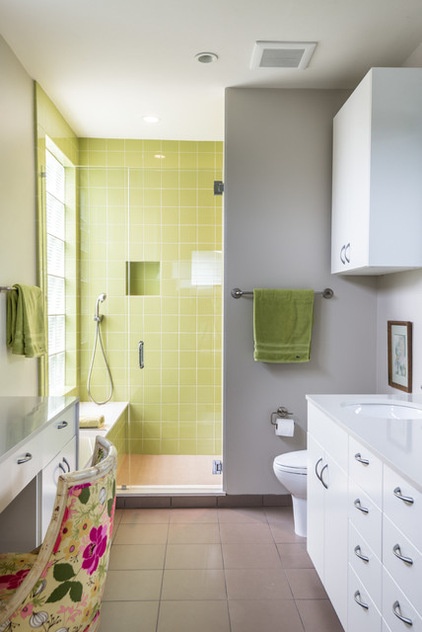
“If you’re doing a kitchen and sourcing yourself, you might run around and buy cabinets here, fixtures here, tile there,” says Emily Mackie, a Chicago interior designer with Inspired Interiors.
“You’ll have three different salespeople talking to you about what’s new and hot, but they won’t know that you have a 10-foot ceiling and you need a backsplash size that complements the scale. As designers we shop products all day long and get the best pricing. You shop at three different places, and you still have to pay a salesperson’s commission. So why not hire the designer that knows the overall look to buy for you?”
After sourcing products, defining a style was the No. 2 challenge (28 percent) overall. For millennials, though, defining a style (43 percent) and making decisions with their spouse or partner (34 percent) were among the biggest challenges.
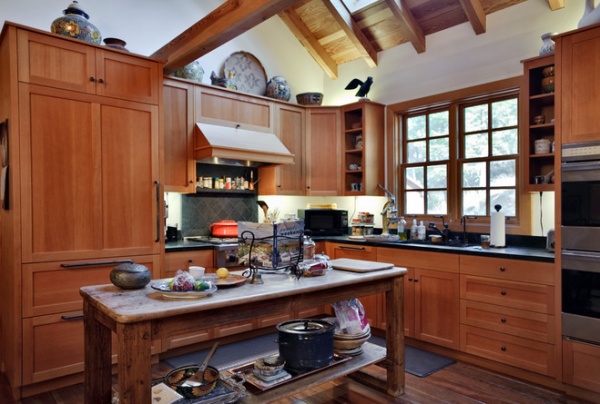
Where’s the Money Going?
Home remodeling is a nearly $300 billion industry in the U.S. alone, according to a report by the Joint Center for Housing Studies of Harvard University released last year. Where is that money going? Mostly kitchens.
The Houzz survey found that homeowners spend $26,172 on their kitchens on average. Most of which goes toward new countertops (89 percent), new appliances (86 percent) and electrical work (83 percent). That number can be significantly higher depending on where you live. The average kitchen remodel in San Francisco, for example, is $44,742; in New York, $39,515. (These kitchen remodel averages are for homeowners who hired a professional, who did the work themselves, or who both hired a pro and did some work themselves.)
Millennials spent less than other age groups on all types of projects in the past five years and plan to spend less than other age brackets on future projects. For instance, millennials plan to pay about $3,769 on patio and landscape work, while baby boomers plan to spend $7,870.
And if your household pulls in more than $100,000 a year, you’re twice as likely to build a custom home than those households with incomes below that amount (8 percent versus 4 percent).
The national average for a custom home is $569,838, according to the survey. If you live in the western U.S., plan to spend an average of $692,174. And look out, San Francisco. If you live in this Northern California city, a custom home will set you back on average a whopping $1,146,000. Oklahoma City, Oklahoma, is less harsh. An average custom home there costs $323,094.
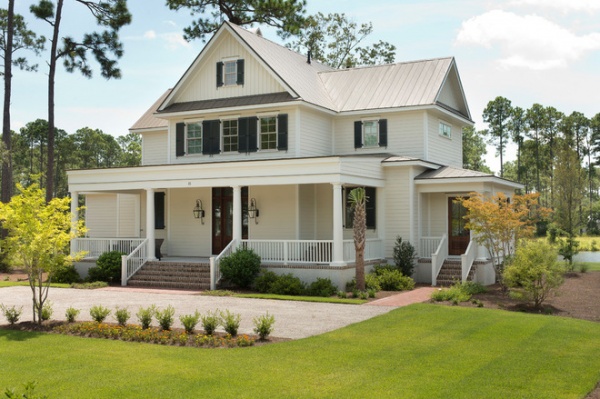
Who’s Doing the Work?
A majority of homeowners planning a home renovation or decorating project in the next two years plan to hire a professional. Of those, more than half (52 percent) plan to hire a general contractor. Carpet and flooring pros are also in demand (34 percent), as are tile, stone and countertop pros (30 percent). Meanwhile, 21 percent of homeowners are looking for kitchen and bath remodelers, 17 percent plan to hire an architect, and 17 percent plan to hire an interior designer.
Interestingly, homeowners and renters are just as likely to decorate, and 73 percent of U.S. homeowners plan to decorate in the next two years. Renters are more likely than owners to hire a professional for their decorating projects (21 percent versus 17 percent).
About 49 percent of renters plan to hire an architect in the next two years, and 32 percent of renters plan to hire an interior designer in the same time period. This makes sense, given that 17 percent of renters plan to build a custom home in the next two years, and 41 percent plan to purchase a home.
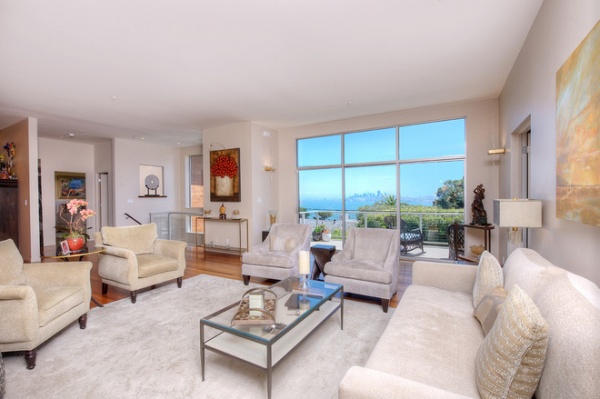
What We Call Home
The idea of what we call home is much more difficult to survey, but likely contributes greatly to the pulse of the home remodeling, building and decorating industry. Thinking back to Di Cristofolo’s situation, the complex, risk-heavy real estate market has caused her to focus more of her efforts on improving what she already has, and making decisions based on keeping her family happy, rather than reaping monetary rewards.
It’s something that Applewhite has noticed, too. “We’re shifting the way we look at homes,” she says. “It’s more of a place that nurtures us and our families. People are asking, ‘How does this enhance my life rather than my investment portfolio?’ If we have funds, we’re spending money to make it a nicer environment for ourselves. ”
See the full report here
Tell us: Do you plan to remodel this year? Please share details below!
Related Articles Recommended












